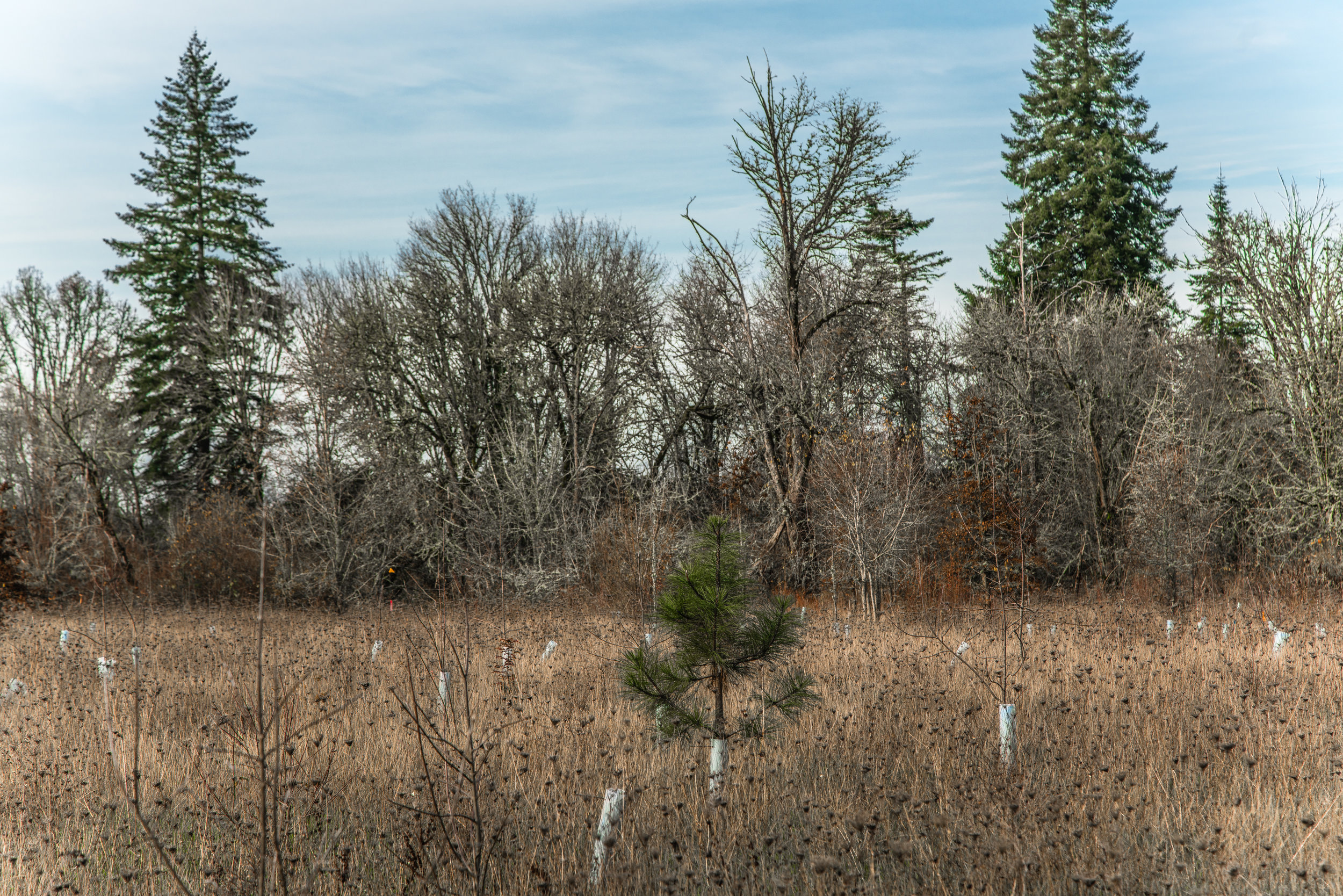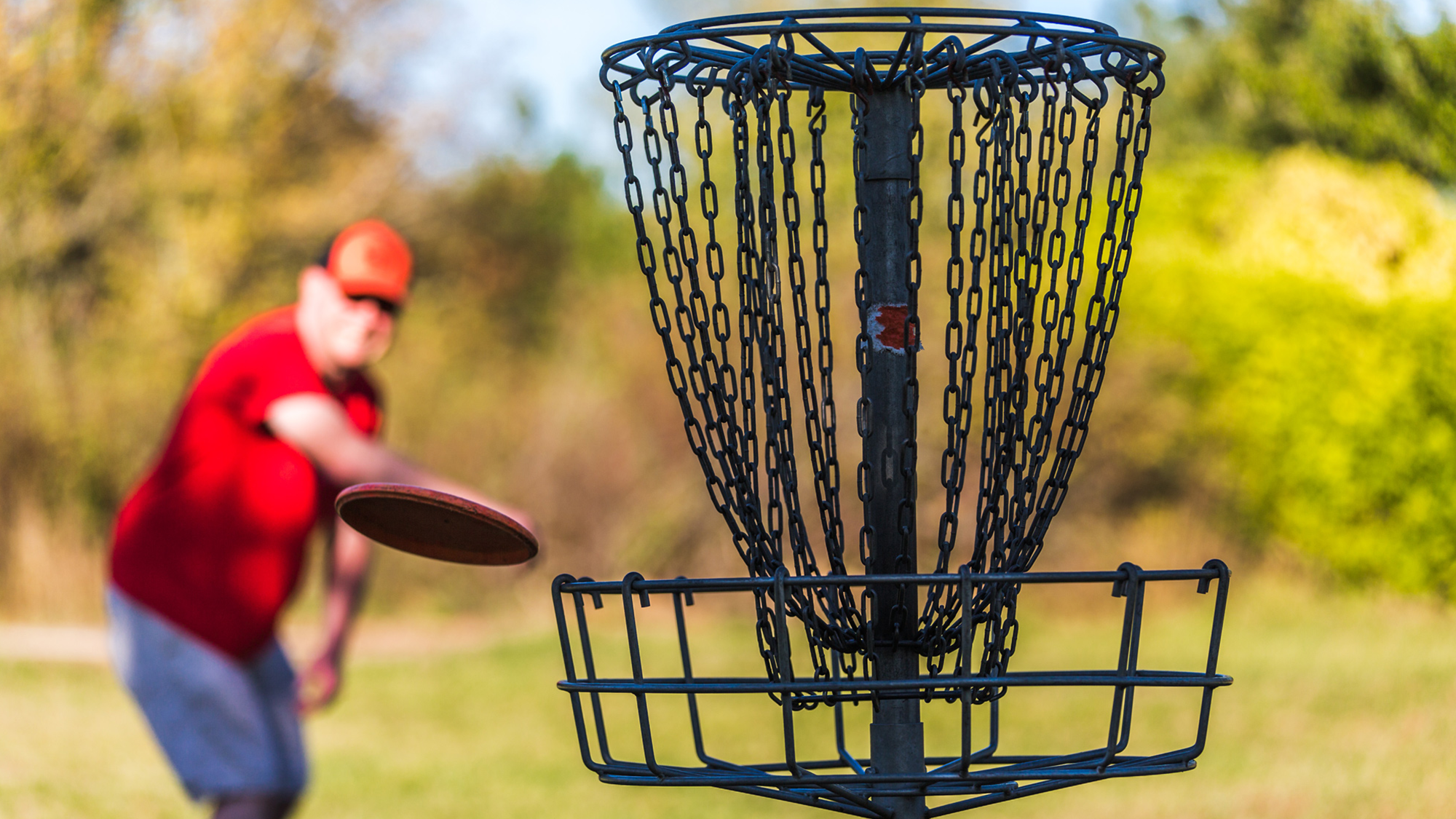As the Paseos Verdes health walks enter their second year, the expansion of the program has been at the forefront of our efforts. Paseos Verdes, a part of the Tree for All initiative, is not only connecting underserved community members to the natural areas in their own backyard, but also encouraging the health and wellness of its participants through walking.
To broaden our community connections with Washington County residents, we’ve enlisted the help of local Bilingual Naturalists. These Bilingual Naturalists are county residents who have an interest in encouraging the exploration of natural areas and the pursuit of wellness by members of the Spanish-speaking community in Washington County. Their training has molded them into well equipped leaders, ready to carry out the mission of Paseos Verdes in our community.
On a sunny Saturday, our new Naturalists—along with a few community ecologists—embarked on a full day of training. The group explored Jackson Bottom Wetlands and Fernhill, familiarizing themselves with the regional flora and fauna that they will soon be sharing with our Paseos Verdes walkers. While repeating a helpful chant: “Walk, stop, and share,” the group traveled along the paths in the wetlands—walking, then stopping, and sharing fun facts about the wildlife and water that happened to be within reach of our eyes, ears, and hands.
A day filled with plant identification, bird watching, and lots of walking, ended with exhausted smiles, and excited guides ready to engage with participants and connect with nature. Like our new Naturalists, we too are looking forward to another year of Paseos Verdes.
















































